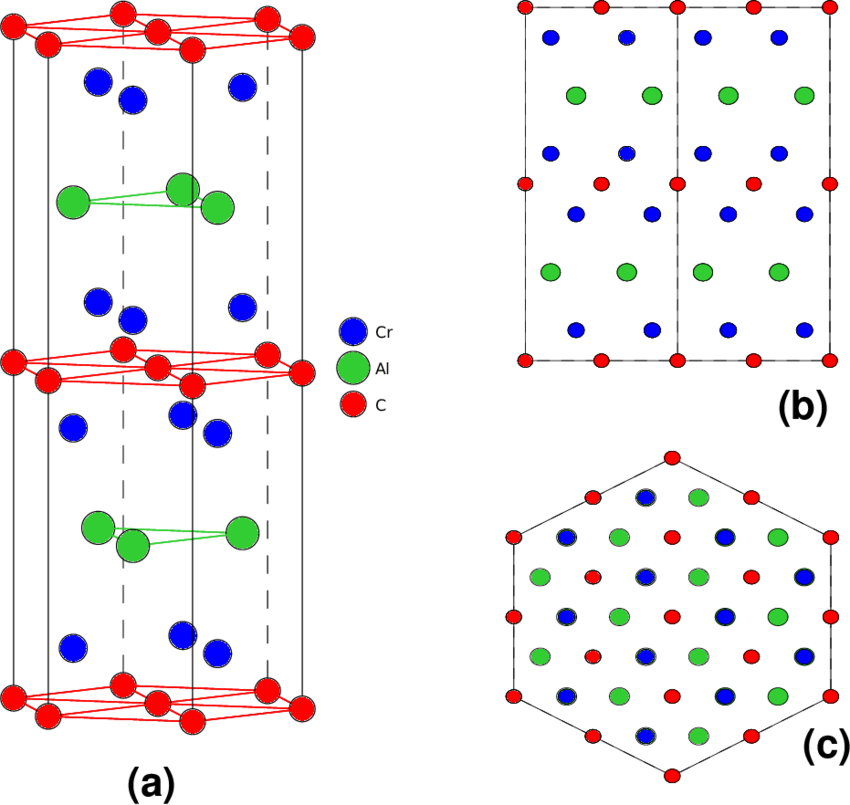Superconducting double perovskite bismuth oxide materials have attracted significant attention in recent years due to their potential applications in various fields, including energy storage, superconducting electronics, and quantum computing. The synthesis of these materials typically involves complex and high-temperature processes, which can limit their practical use. However, a low-temperature hydrothermal reaction method has emerged as a promising approach to prepare superconducting double perovskite bismuth oxide compounds.
Hydrothermal synthesis is a technique that involves the reaction of precursors in a closed system under high-pressure and high-temperature conditions, typically in an aqueous solution. The use of a low-temperature hydrothermal reaction for synthesizing superconducting double perovskite bismuth oxide materials offers several advantages. It enables the synthesis of high-quality single crystals with controlled composition and uniformity.
To prepare superconducting double perovskite bismuth oxide using a low-temperature hydrothermal reaction, the appropriate precursors are mixed in a suitable solvent, such as water or an organic solvent. The precursor solution is then sealed in a pressure vessel and subjected to hydrothermal conditions, typically at temperatures below 200°C and pressures above the atmospheric level. The reaction time can vary depending on the specific synthesis conditions and desired properties of the material.
During the hydrothermal reaction, the precursors undergo chemical reactions and form the desired superconducting double perovskite bismuth oxide structure. The reaction parameters, such as temperature, pressure, reaction time, and precursor concentration, can be tuned to control the crystal structure, composition, and physical properties of the resulting material.
After the completion of the hydrothermal reaction, the pressure vessel is cooled, and the synthesized material is recovered. It is then typically subjected to various characterization techniques, such as X-ray diffraction (XRD), scanning electron microscopy (SEM), and energy-dispersive X-ray spectroscopy (EDS), to confirm its crystal structure and composition.
The low-temperature hydrothermal synthesis method for superconducting double perovskite bismuth oxide has shown promising results in terms of producing high-quality materials with improved properties. This approach not only offers a simpler and more controllable synthesis route but also opens up possibilities for the large-scale production of these materials for practical applications.

